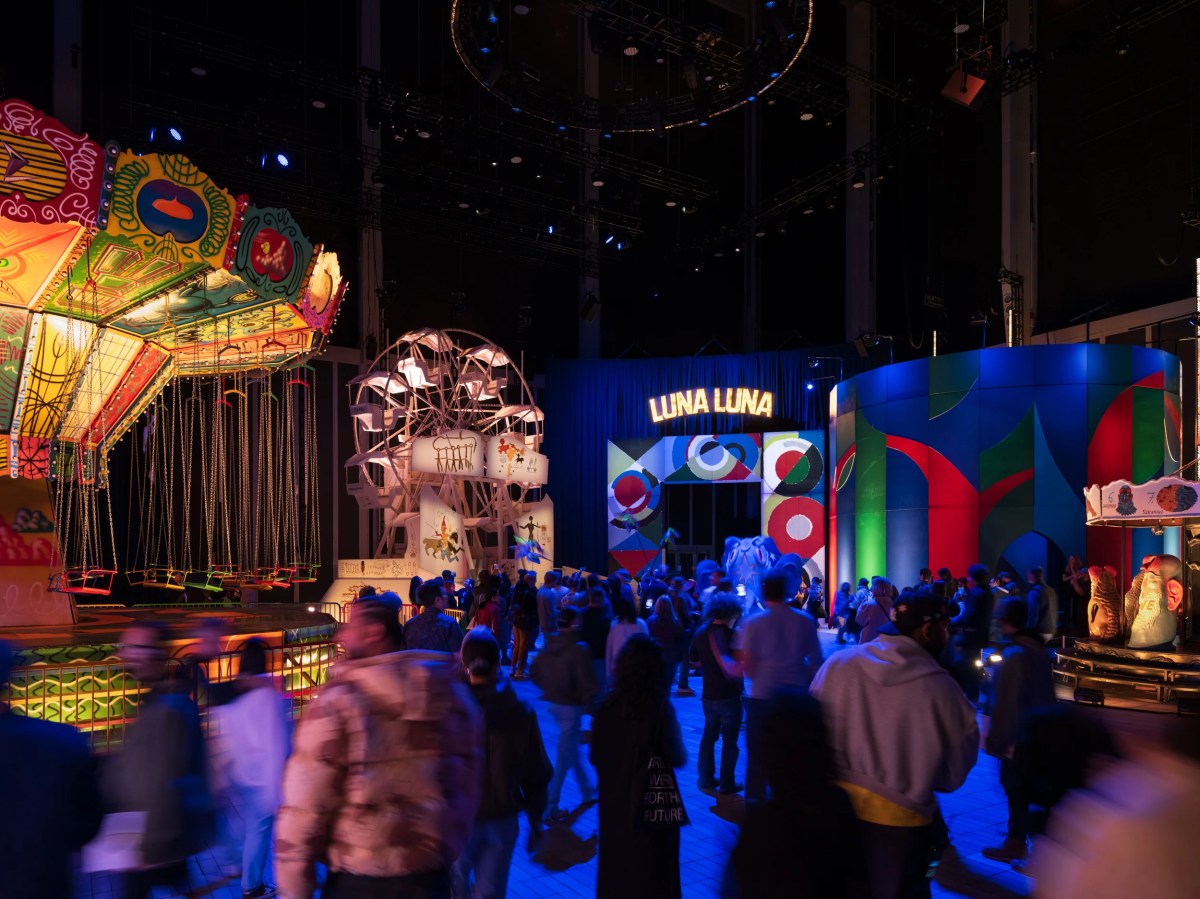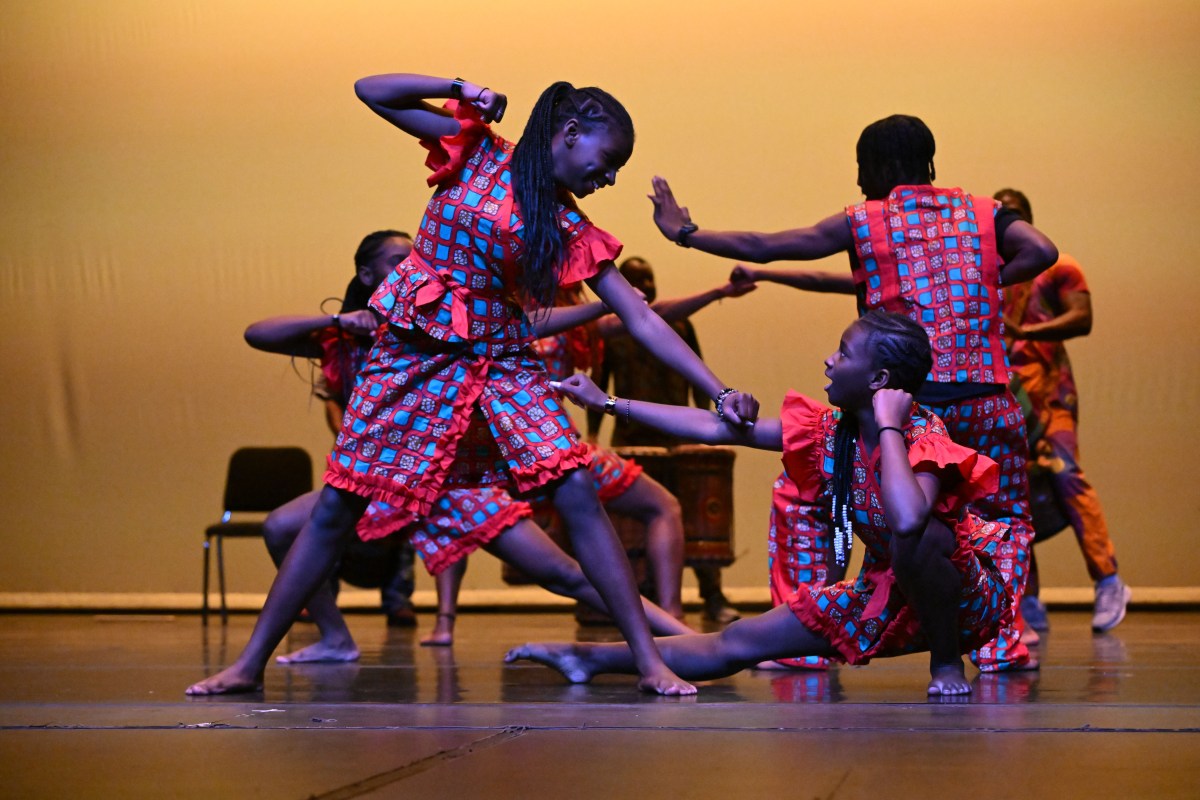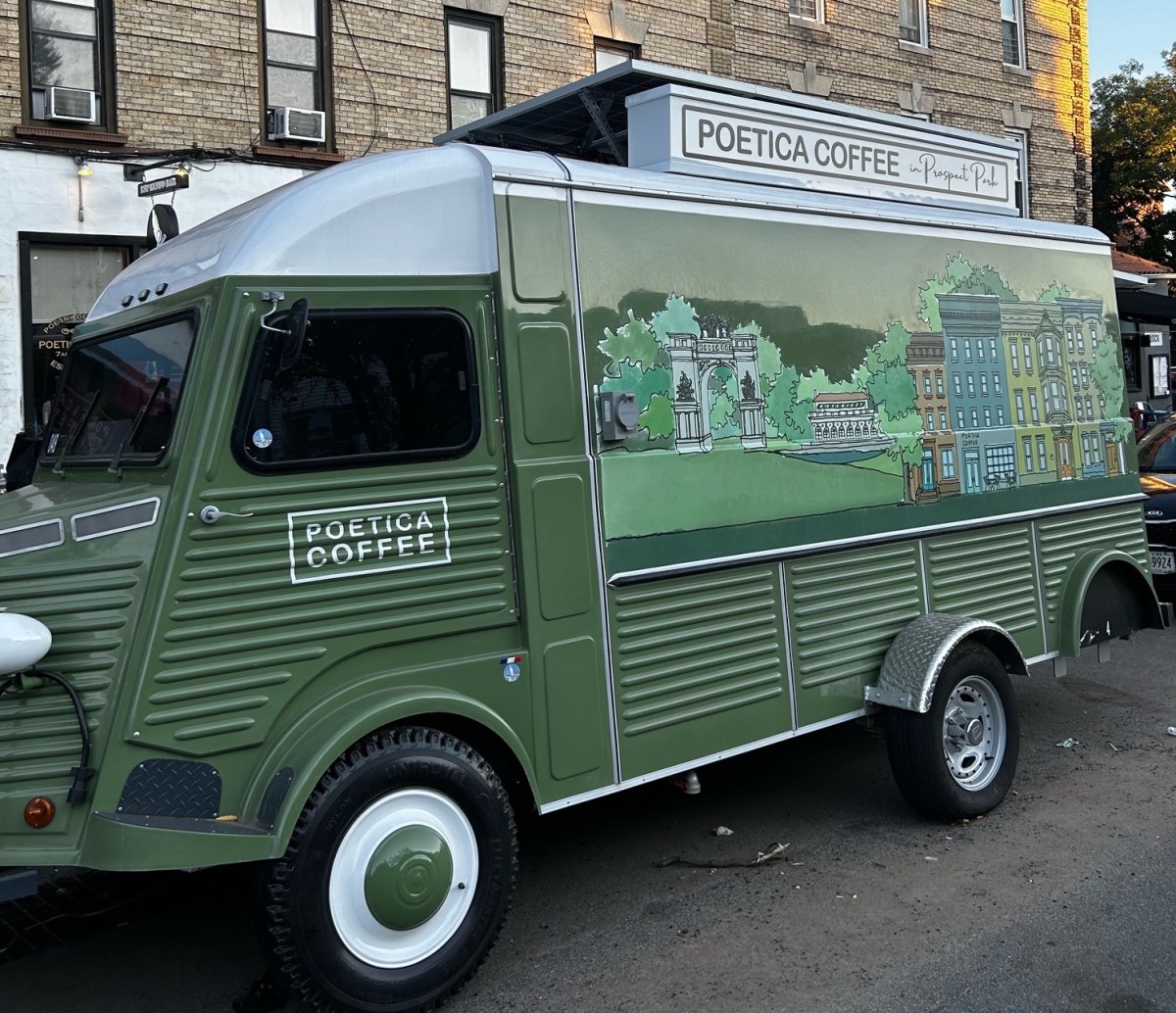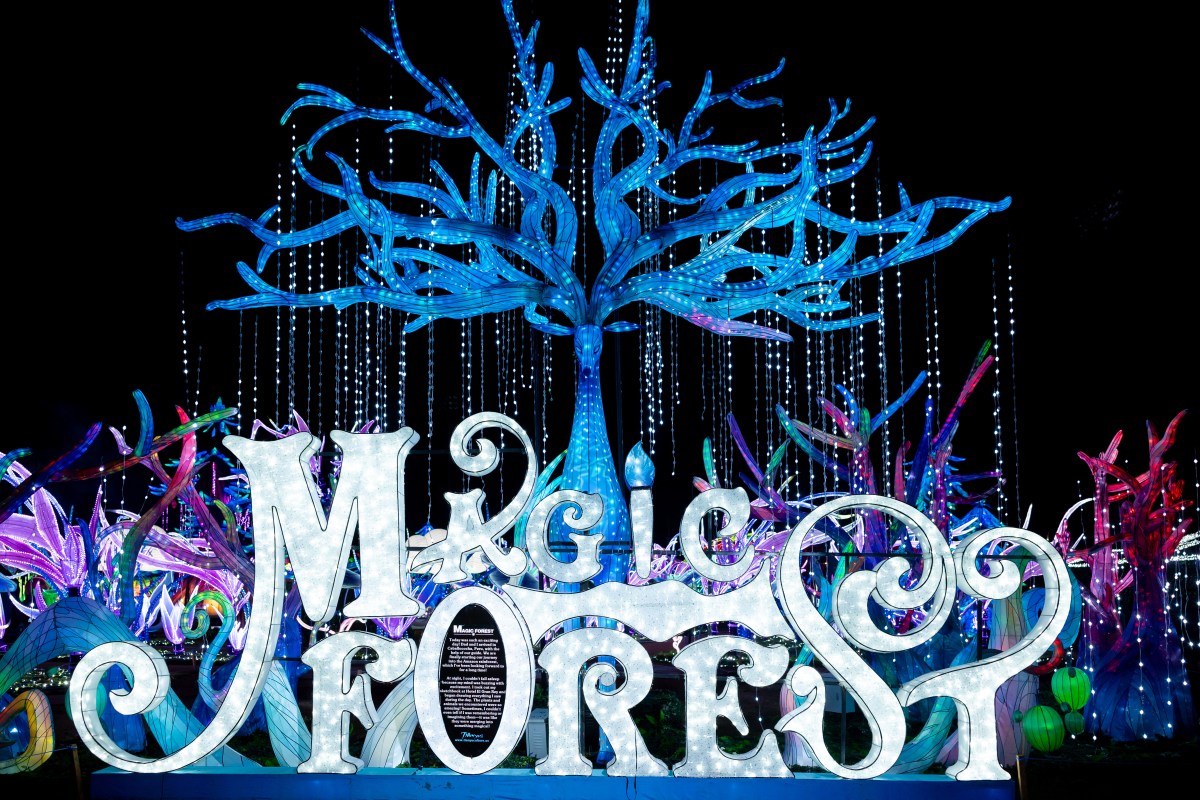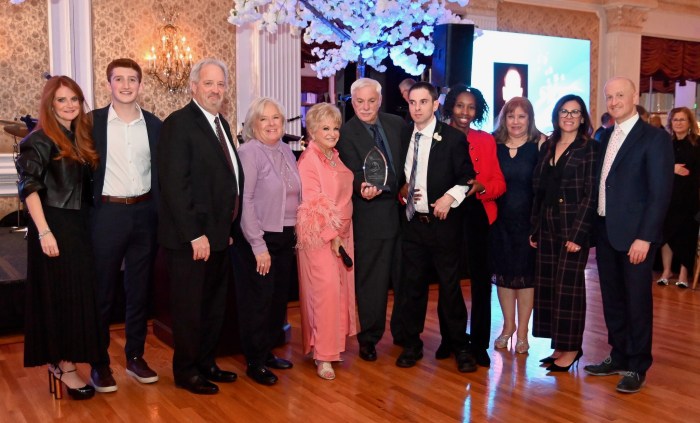
Where have the NYPD’s 14 drones been since the December announcement of the department’s new Unmanned Aircraft System program?
Documenting the scene of a police-involved shooting in the Bronx and the friendly fire death of a police officer in Queens. Hovering for two hours above the Mill Basin Bridge in Brooklyn, where a firefighter fell to his death. Even crossing state lines to Pennsylvania to help in what appeared to be a missing person search in a landfill.
That’s according to deployment reports obtained by amExpress via a Freedom of Information Law request. The reports cover 54 flights from Dec. 4, 2018 to March 19, 2019 and represent the most public information to date about the opening act of the NYPD’s drone program.
The drones logged more than 24 hours in flight time on 20 missions, not counting dozens of hours of training over Fort Totten, Queens.
The bare-bones, one-page mission reports chart little more than flight dates, times, locations, and an eight-option checklist of descriptions that give some sense of the flights’ purpose. The NYPD did not provide more information corroborating what led to each flight, but publicly available police reports and news clips helped to narrow most (but not all) of them down.
Some of the highlights:
- The longest flight of the bunch clocked in at 4 hours and 30 minutes on Jan. 19. The drone’s morning start and 59th Street/Sixth Avenue location suggest this was the 2019 Women’s March.
- The second-longest flight was on March 19, when a drone was used to track a man in an upper story Brooklyn apartment who seemed to have a gun. That use was reported at the time.
- Drones also were deployed over Manhattan on the day of the St. Patrick’s Day Parade and (apparently very briefly) on New Year’s Eve.
- Most of the flights were either labeled as “Documentation of Collision and Crime Scene” or the catch-all “Public Safety, Emergency, or Other Situation with the Approval of the Chief of Department.”
Concerns
Before the drone program’s launch, the NYPD attempted to allay concerns by promising not to use the machines to carry weapons, perform warrantless searches, or immobilize suspects.
But this first round of drone logs still indicates possible issues with the program, such as the categories on the logs.
Those categories should be more specific and a description box should be included on the forms to note exactly why a drone flew, says Jerome D. Greco, digital forensics supervising attorney at The Legal Aid Society.
“While the NYPD should not be flying drones at all, if they do so they need to carefully detail the reasons,” Greco writes in an email.
The categories as they currently exist don’t always explain much. Greco notes that drone flights during the Women’s March, St. Patrick’s and New Year’s Eve — events with real similarities from a policing perspective — each utilize a different of the eight available rationales for the flights: “Rooftop Security Observation at Shooting or Large Scale Event” for the march, “Monitoring Vehicular Traffic and Pedestrian Congestion at Large Scale Event” for St. Patrick’s, and the “Public Safety” catch-all for New Year’s.
There are also concerns about possible surveillance from above at a political gathering (officials have described drone use at big events as having public safety purposes). The Women’s March, for example, includes political activity protected by the First Amendment whose monitoring is subject to strict NYPD rules known as the Handschu Guidelines, says Greco.
A drone presence at big events seems to be en route to common. Greco also found evidence of a drone flight during NYC’s Pride March through his own targeted Freedom of Information Law request for flights during that June weekend.
Wait and see
It remains to be seen how drone use by the NYPD will develop.
"These reports indicate the NYPD has been relatively restrained in its use of drones so far,” said Christopher Dunn, legal director of the New York Civil Liberties Union who has worked on NYPD drone guidelines.
“But we’re at the start of the program and our concerns about potential privacy abuses remain given the lack of meaningful limits on drone use by the police department.”






















